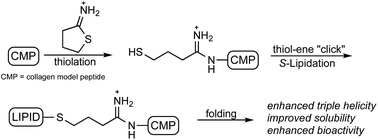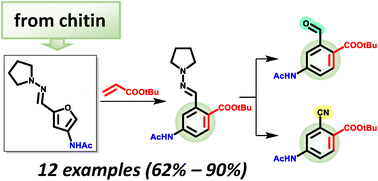Org. Biomol. Chem., 2023, Advance Article
DOI: 10.1039/D3OB01171B, Communication
DOI: 10.1039/D3OB01171B, Communication
Min Sik Eom, Byoung Yong Park, Seungyoon Kang, Min Su Han
A boric acid (B(OH)3) selective fluorescent probe, Di-OH, was developed, which was further applied for screening the conversion of the Suzuki–Miyaura coupling reaction.
To cite this article before page numbers are assigned, use the DOI form of citation above.
The content of this RSS Feed (c) The Royal Society of Chemistry
A boric acid (B(OH)3) selective fluorescent probe, Di-OH, was developed, which was further applied for screening the conversion of the Suzuki–Miyaura coupling reaction.
To cite this article before page numbers are assigned, use the DOI form of citation above.
The content of this RSS Feed (c) The Royal Society of Chemistry

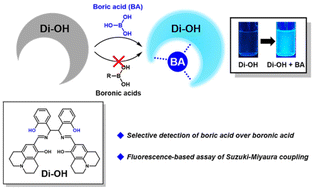
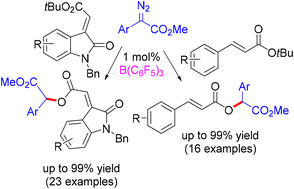
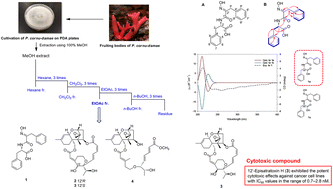
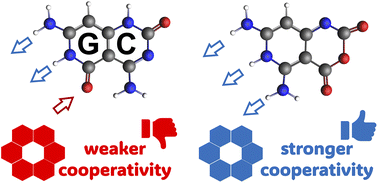
 Open Access
Open Access
